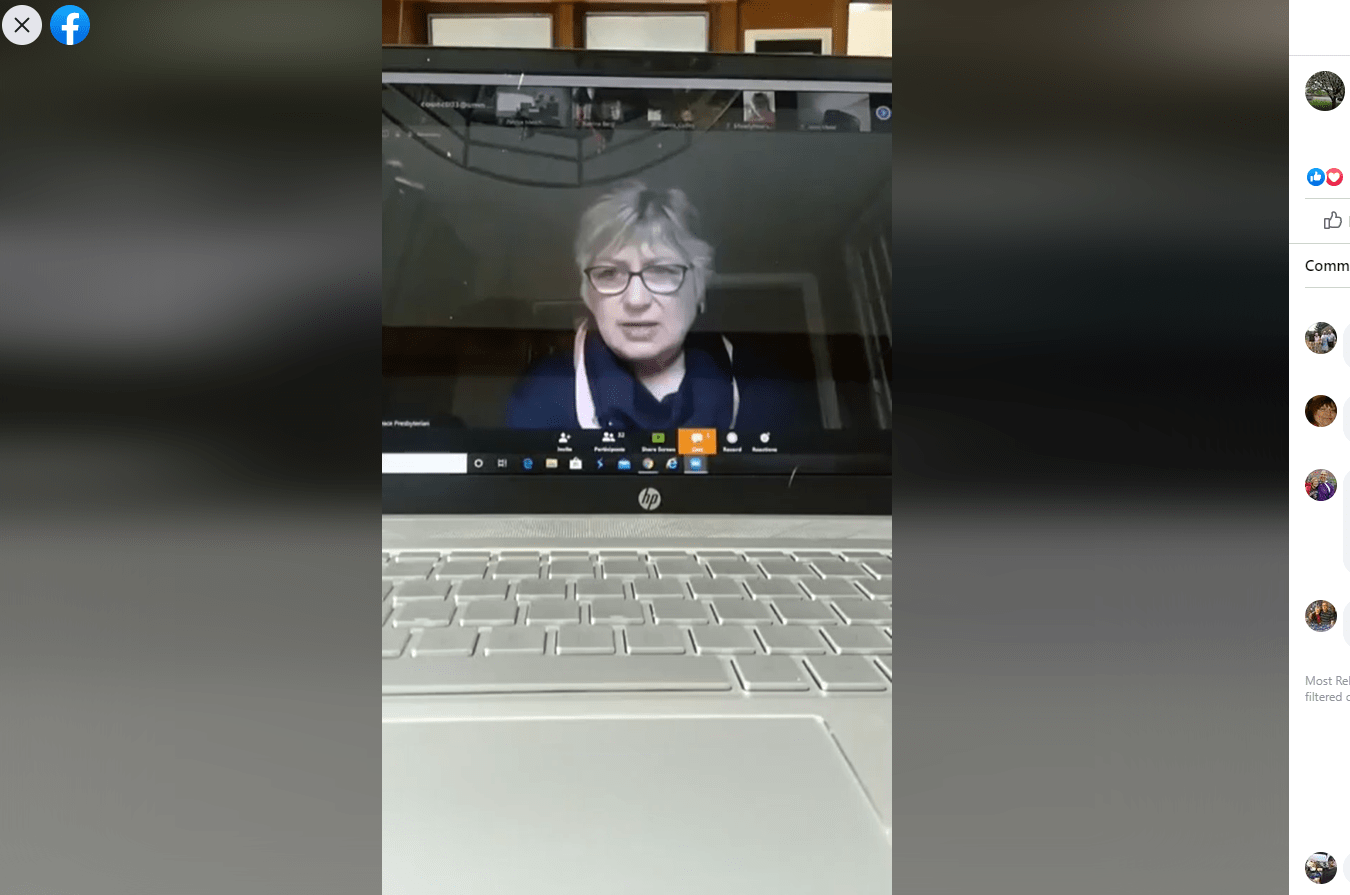St. Louis Park church uses 'buddy system' so older members may worship

A screenshot from Peace Presbyterian’s Facebook livestream of their March 29 worship service as the Rev. Heidi Vardeman speaks. The St. Louis Park church is livestreaming all of its services, but also having people call older church members to allow them to listen to the service by phone.
Courtesy of Peace Presbyterian
Go Deeper.
Create an account or log in to save stories.
Like this?
Thanks for liking this story! We have added it to a list of your favorite stories.


